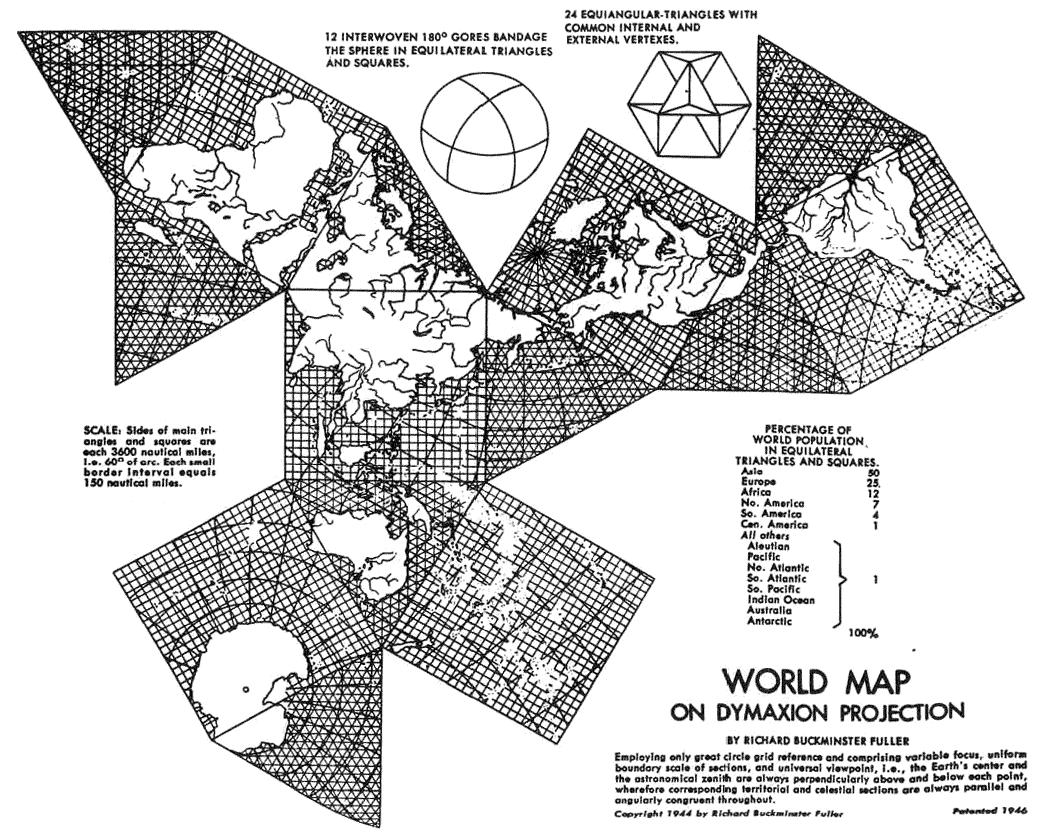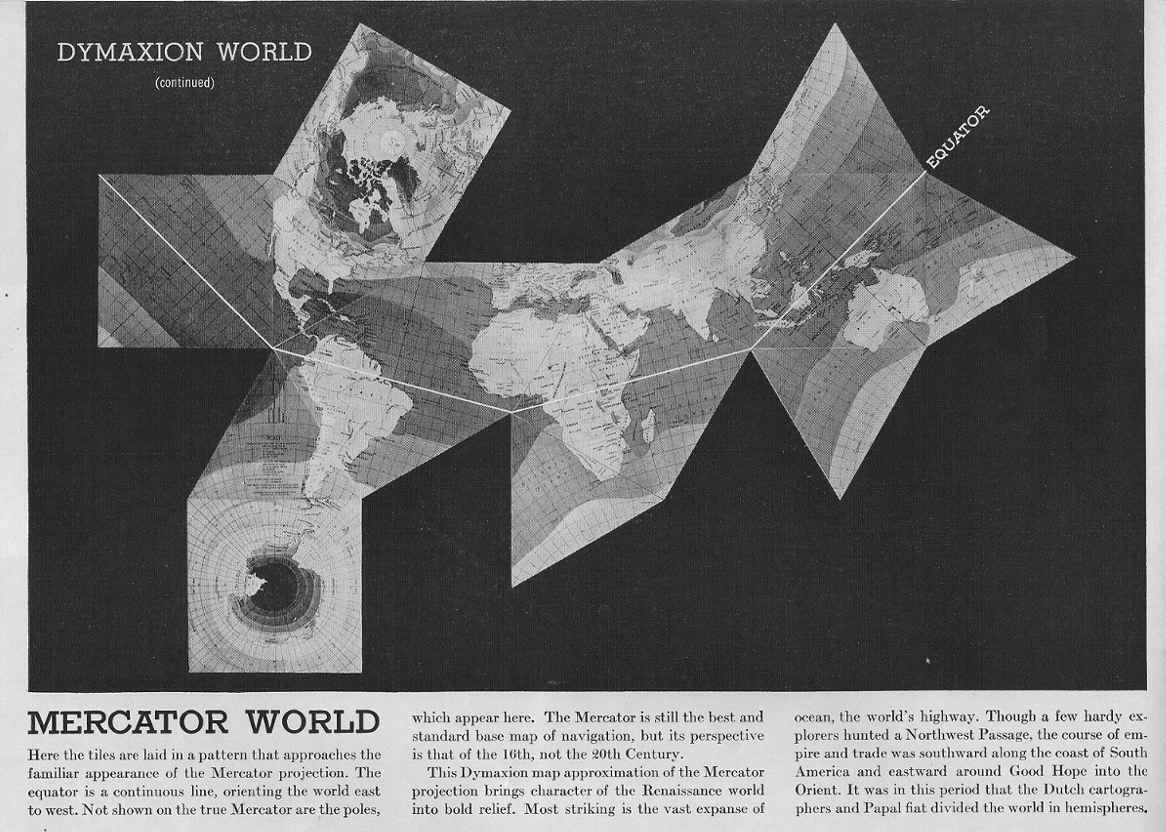 |
| Katherine Roberts, A Ministry for Agriculture and Fisheries.
A great example of an 'unfolding' drawing as per your final task for Week 4. It appears to be a cross roads, or an unfolded street. There are two 'viewpaths' which are defined by perspective (one going left, and one right, from approximately the centrre). The process:
|
"Working with the restriction that no method or medium not in existence in 1989 was to be used, rather than focussing upon ‘a design’ and working towards creating ‘finals’, this project explored design as process. Initially, concerned solely with architectural drawing, the scope of investigation widened to follow an iterative process traversing drawing, photocopying, modelling, and collage, with all work considered potential presentation work.Starting with 6 A1 mechanical drawings —graphite on permatrace— documenting the process of drawn lines pushing and pulling themselves between the sheets, following constantly shifting rules which were oftentimes influenced by a small boy who roamed the pages.A series of 20 models were created from an A4 photocopy from the 6th sheet. These were in turn photocopied and used as the primary material from which the collage was constructed. Plans and sections were constructed last, using photocopied information from the drawings and with an implicit relationship to the architecture of the collage.The final presentation included three plans at 1:1000 [lower, middle and upper levels], two sections at 1:500 [width and length], and a multi-perspective collage, 2.4 x 1.2m."
The keys to the success of your unfolding drawings are:
- anchor points. Here Katherine uses the red and green elements to ground the image and tell us where to look first.
- reference to architectural conventions. Here Katherine uses perspective (the images get smaller as we look down the street). She also uses strong vertical elements which are architectural in their suggestion of buildings.
- scale. Scale is suggested here by people, chairs, and other elements which occupy the drawings. This allows us to understand them as street/landscapes rather than hallways.




















